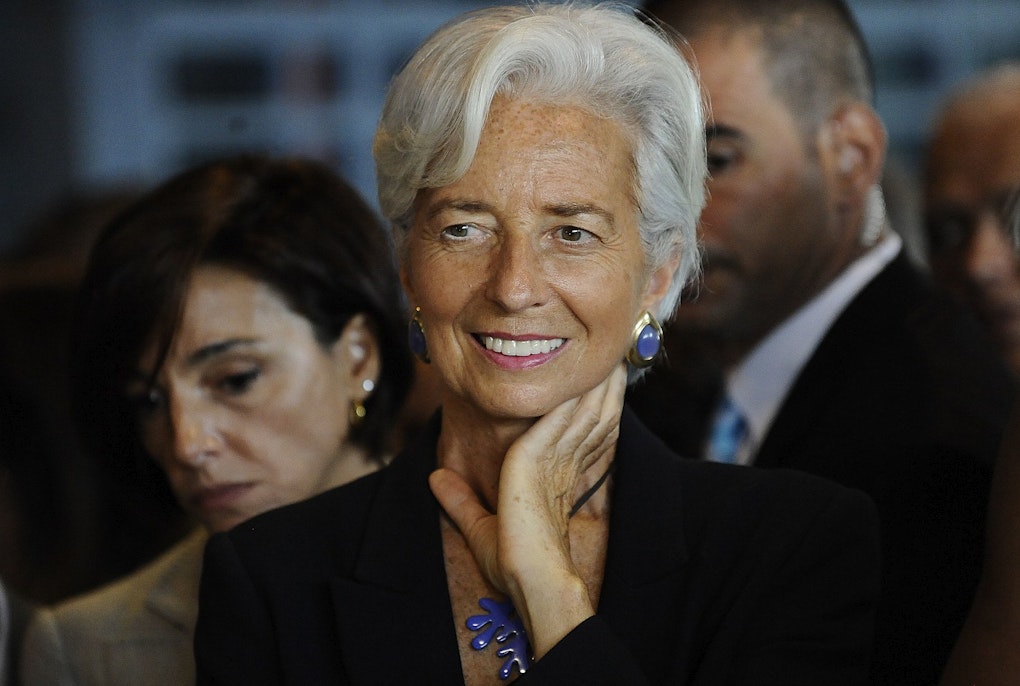![[IT] Between exit and disintegration: devolution e relazioni intergovernative nel Regno Unito dopo Brexit](https://webassets.eurac.edu/31538/1599754982-fred-moon-swjav6impm0-unsplashresized-2.jpg?w=680&h=457&fit=crop&crop=focalpoint&fp-x=0.5&fp-y=0.5&auto=format&dpr=1.5)
[IT] Between exit and disintegration: devolution e relazioni intergovernative nel Regno Unito dopo Brexit
 Gabriella Saputelli
Gabriella Saputelli
Territorial conflicts arise as a matter of fact and require a response as a matter of law. Secession takes place irrespective of its constitutional permissibility and in such conflicts over sovereignty on a territory, law is in an awkward situation: implementing positive law would avoid legal challenges to sovereignty over a given territory, but on the other hand, as Mancini put it, “demonizing secession, turning it into a constitutional taboo, often adds fuel to secessionist claims”. Considering that the only legal response to conflicts are procedures, contemporary constitutional law devotes growing attention to conflicts of sovereignty, attempting to constitutionalising them. This is also the main message sent by the Supreme Court of Canada in its seminal Reference on the Secession of Québec, which inaugurated a functional and procedural approach to territorial conflicts over sovereignty and represents the cornerstone on which the contemporary (and still evolving) law of secession is based.
The majority of constitutions does not provide for a right to secession, except for very rare cases -such as art. 72 of the Soviet constitution 1977 or art. 39 of the Ethiopian constitution. Since the post-1989 wave of constitution-making, the referendum has become not only the main but often the exclusive means to address sovereignty claims. These referendums represented the real turning point for the countries concerned, i.e., nearly all former Soviet and former Yugoslav republics, such as Georgia and Ukraine. In some cases, these referendums were held under the international supervision of the European Union, like in Montenegro (2006) and South Sudan (2011). Referendums called to resolve independence and secession claims can be both successful and illegal. The best-known example of an agreed referendum on independence has been the one that took place in Scotland in September 2014. The Edinburgh Agreement (2012) provided the referendum on just two options (independence or status quo) and particularly noteworthy is the absence of any entrenchment for the referendum, the scope of the vote, and the exclusion of a third legal option between independence and status quo.
However, several independence referendums took place illegally, i.e., without the agreement between the affected territory and the central government. The most significant unknown referendum of this type took place in Catalonia on October 1, 2017. It was called by a law of the regional parliament and was immediately suspended by the Constitutional Court, which declared it unconstitutional. A final, sui generis example of independence referendum is represented by the so called “Brexit” in 2016. The Treaty on the European Union provides that withdrawing from the Union can happen “in accordance with its own constitutional requirements” (art. 50 TEU), but it was clear that the decision on leaving the EU was possible only by referendum, as the British membership in the EU was confirmed by referendum in 1975.
Referendums represent an important step in the evolution of constitutionalism -which ultimately means to regulate political processes with legal instruments- by institutionalising challenges that so far have been left outside the realm of law. Nowadays referendums are considered to be unavoidable to establish a new legal order as a source of democratic legitimacy. However, referendums have limits: they are too simplistic and ‘trivial’ when they are not supported by procedural entrenchments or by additional procedures. Furthermore, there is also the question of structural minorities: If decisions are to be made by a majority, especially if simple, without a quorum and extemporary, how can the rights of minorities be respected, even more if such minorities are territorial majorities?
To reduce the risk of majoritarian and even plebiscitary referendums, legal scholars have started to provide procedural rules to incapsulate territorial conflicts of sovereignty into a legal framework. Based on some cornerstones of constitutionalism -such as federalism, constitutional amending procedures and participatory democracy- some elements for a comparative procedural framework on how to address secessionist claims can be sketched.
For instance, the provision of quorums (both for the turnout and approval) in a referendum of independence or a particular attention to the time element: especially if no requirement is made as regards quorums, it might be advisable to repeat a referendum at least one more time within a given time frame, in order to better ascertain the real will of voters and not making it conditional upon occasional variables. Another way to balance the majoritarian attitude of a referendum is to put more than just two options to the vote, thus allowing for a more nuanced deliberation. A fourth element is to avoid that independence referendums be the only decisional instruments. For every legal referendum on independence or secession an act of Parliament is required, but the involvement of Parliament could be made more ‘resistant’ to possible abuses by occasional majorities. A fifth guarantee against plebiscitary abuses in independence processes is the ‘double-check’ by the electorate through elections after a referendum. The idea is that decisions made in referendums are supported also by parliaments, and secession could take place in a more legitimate way if there is convergence between direct democratic decisions in referendums and representative democratic support through parliaments. A variation of the latter approach could be to first ask the electorate to make the fundamental decision on yes or no to independence, and then involve parliaments in defining the more detailed terms of the issue. In any case, in a comparative perspective, the trend outlined in the Quebec Secession Reference is gradually establishing a first set of rules aimed at regulating secession by legal procedures. The embryo of such rules is no doubt the referendum, but additional, more sophisticated instruments are being and ought to be created.
Also the European Union plays a key role in shaping constitutionalism in the continent, and it could contribute to develop a procedural framework to solve territorial conflicts of sovereignty within its Member States. Art. 2 of the TEU lays down the values on which the Union is founded, which include, inter alia, the rule of law in a prominent position. The rule of law is also one of the guiding principles of the EU’s external action, which would cover the accession of new Member States, but also an internal principle for which the Court of Justice has jurisdiction. This means that the EU should support and encourage the domestic development of provisions enforcing the rule of law including in the area of territorial conflicts of sovereignty. The EU has also been proactive in facilitating such solutions, although with different degree of success and of care (a negative experience in represented by its engagement in Cyprus, while a positive one in the occasion of the independence referendum in Montenegro). The EU can hardly be expected to become a frontrunner in developing procedures addressing territorial conflicts of sovereignty. It is, however, an important actor in the multilevel system of the rule of law, and in this role lays its potentially key contribution to the issue.
What really matters, in sum, is that procedures be developed, with support of different actors and levels, as is required by contemporary multilevel and multi-actor democracy.
This article was first published on the blog of the Centre on Constitutional Change.

This content is licensed under a Creative Commons Attribution 4.0 International license.
![[IT] Between exit and disintegration: devolution e relazioni intergovernative nel Regno Unito dopo Brexit](https://webassets.eurac.edu/31538/1599754982-fred-moon-swjav6impm0-unsplashresized-2.jpg?w=680&h=457&fit=crop&crop=focalpoint&fp-x=0.5&fp-y=0.5&auto=format&dpr=1.5)
 Gabriella Saputelli
Gabriella Saputelli
 Simonetta Nardin
Simonetta Nardin
 Ulas Bayraktar
Ulas Bayraktar